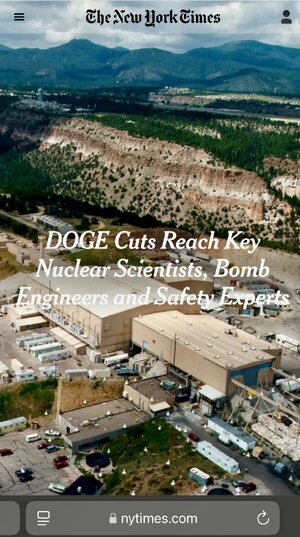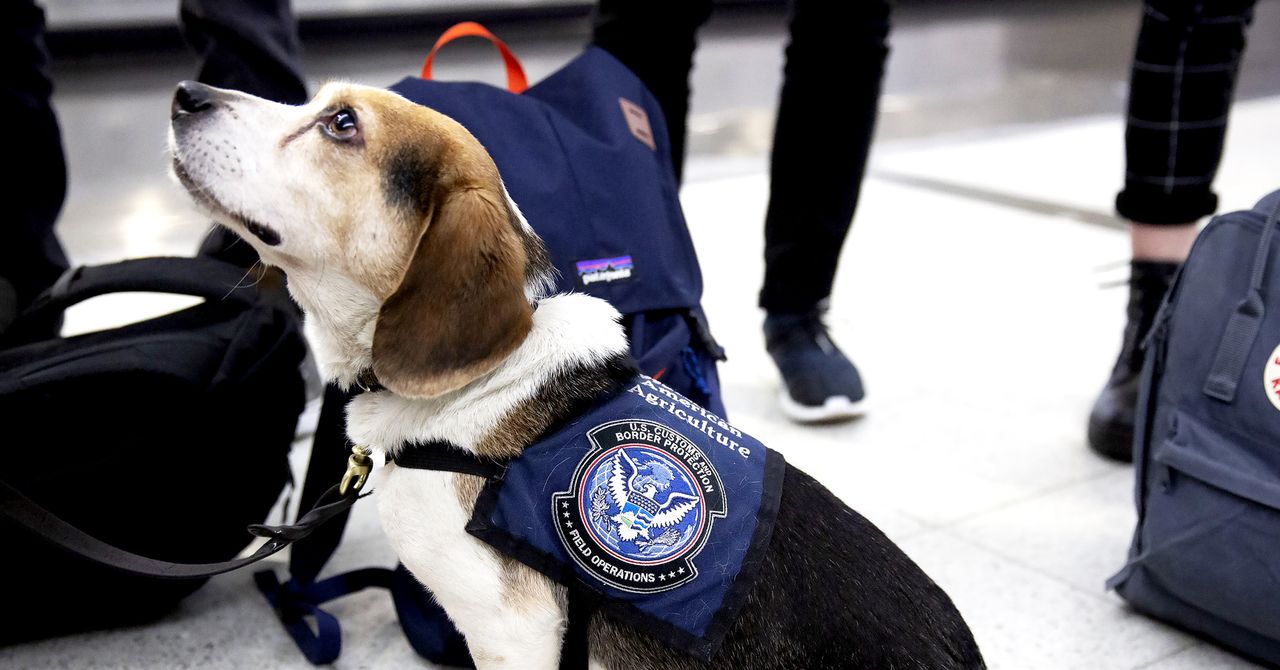- Messages
- 26,277
“ .. “Simply put,” the officials added, “we are quickly heading toward an environmental and life-threatening catastrophe.”
They received no response from Washington, according to three people familiar with the situation.
… Instead, Rubio and Peter Marocco, another top Trump appointee, have not only ordered the work to stop, but they also have frozen more than $1 million in payments for work already completed by the contractors the U.S. hired. The company overseeing the project is Tetra Tech, a publicly traded consulting and engineering firm based in the U.S., and a Vietnamese construction firm has been tasked with the excavation work.
Then, on Feb. 26, Rubio and Marocco canceled both companies’ contracts altogether before apparently reversing that decision about a week later, agency records show. As of Thursday, the companies had not been paid.
…
Now, after losing several weeks because of the administration’s orders, the companies are scrambling — at their own expense — to secure the Bien Hoa site before it starts raining, according to documents reviewed by ProPublica and several people familiar with the current situation.
The USAID officials who would typically travel to the air base to provide oversight have been placed on administrative leave or prevented from traveling to check on the work. They’ve also been forbidden from communicating with the Vietnamese government or the companies working at the base, sources say, though they believe that directive was lifted after the contracts were recently reinstated. The confusion has left many at both the embassy and in Washington in the dark about where the situation stands. …”





